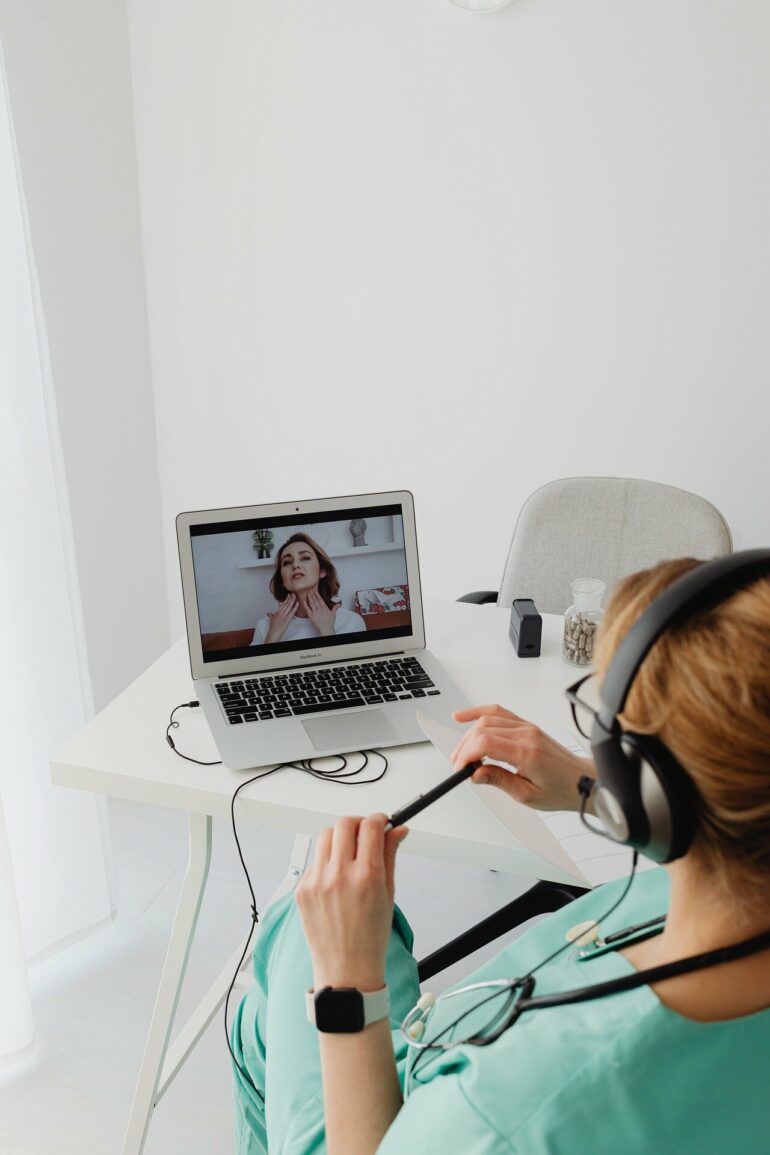People with limited English proficiency have a worse experience with virtual health care visits than those who are proficient in English, according to a new study led by a team of investigators at Brigham and Women’s Hospital. The study highlights the importance of designing telehealth platforms and processes that better serve people who face day-to-day language barriers.
The study, published in JAMA Network Open, analyzed results of the 2021 California Health Interview Survey of 24,453 patients, 9% of whom identified as having limited English proficiency. The survey was conducted in six languages.
People with limited English proficiency were about 40% more likely than those proficient in English to rate video health care visits as worse than in-person health care appointments. They were 20% more likely to describe their experiences with health care phone visits as worse than in-person visits, though this finding was not statistically significant.
“Setting up a video visit can require high-speed internet and a device. It may require creating a login for a new platform. If you’re someone with limited English proficiency, you might need an interpreter to be involved. There are a lot of different pieces to navigate,” said lead author Jorge Rodriguez, MD, a clinician-investigator in the Brigham’s Division of General Internal Medicine and Primary Care.
“If you’re a patient who doesn’t speak the language that the technology is built in, just getting onto the platform is challenging.”
Previously published studies have shown that marginalized groups are less likely to have access to virtual care to begin with. The Brigham study found this as well; 37% of patients with limited English proficiency reported having used telehealth services, compared to 50% of the patients who identified as being proficient in the English language.
What is unique about the JAMA Network Open analysis is that it revealed that even when people with limited English proficiency do gain access to virtual care, their experiences are, generally, worse than the experiences of those who don’t face language barriers.
Rodriguez said survey respondents may have rated their experiences with phone visits as better than with video visits because phone calls are less challenging to set up than video calls. Plus, clinical teams may find it easier to call into an interpreting service than it is to add an interpreter to a video call.
Beyond causing frustration, having a poor experience with a telehealth visit could affect health outcomes. For example, someone who has a poor experience with a video visit may be more reluctant to book health care appointments in the future. “The findings have implications from a patient satisfaction and patient engagement standpoint that could have implications for health care access and uptake of technology in general,” explained Rodriguez.
To bridge the gap between marginalized patients’ experiences of telehealth versus in-person care, Rodriguez recommended national efforts to expand internet, computer, and smart phone access, video platforms that are simple to navigate in any language, and systems that facilitate a seamless access to interpreters. Rodriguez added that a more immediate solution is multilingual digital navigators who can, over the phone or in person, help patients register for video platforms, respond to technical problems, and more.
Mass General Brigham has implemented a Digital Access Coordinator program, which is part of the United Against Racism initiative. The DAC program helps patients navigate Patient Gateway, telehealth and other digital tools. Its digital team has also made it possible for clinicians to add a virtual interpreter into an Epic integrated virtual visit.
More information:
Rodriguez, J. et al. Telehealth experience among patients with limited English proficiency. JAMA Network Open. (2024) DOI: 10.1001/jamanetworkopen.2024.10691
Provided by
Brigham and Women’s Hospital
Citation:
Study finds patients with limited English proficiency have poorer experiences with virtual health care (2024, May 9)



